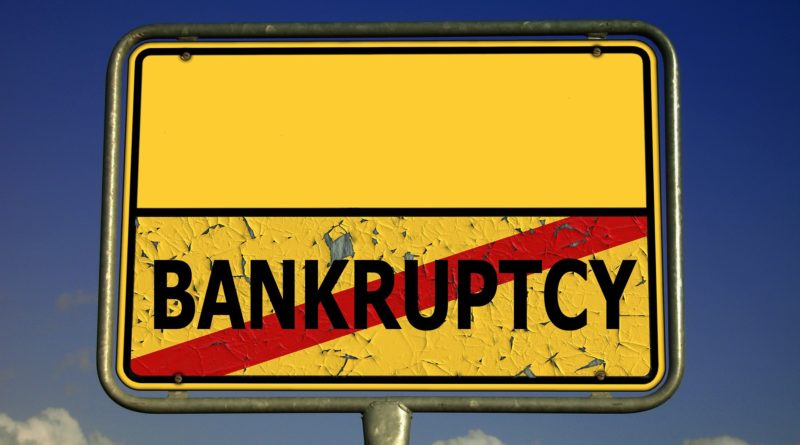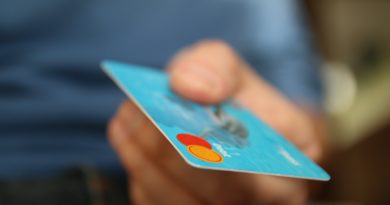Rich or Poor: Both Have Rights to File Bankruptcy
Bankruptcy is defined as the legal proceeding that involves a business or person who is unable to pay back outstanding debts. The process of bankruptcy starts with a petition filed by debtors that is common, or on behalf of the creditors that is less common. The individual or business enterprise’s entire list of assets of debts are measured as well as evaluated, and assets might be used to pay a portion of the outstanding debt.
Bankruptcy provides businesses or individuals with the chance to start anew through forgiving debts which simply can’t be paid. At the same time, bankruptcy offers creditors the chance to obtain certain measure for right repayment that is based on a business or individual’s assets which are available for liquidation.
In theory, filing for bankruptcy can actually benefit the overall economy through giving businesses and individuals a second chance to get access to consumer credit by providing creditors with debt repayment measures. Upon the completion of successful bankruptcy proceedings, debtors are relived of debt obligations obtained before filing for bankruptcy.
Both Rich and Poor can file for Bankruptcy
Filing for bankruptcy is a serious financial decision which is available to both wealthy, and impoverished individuals. With that said, poor individuals who file bankruptcy will usually face more financial hardship filing for bankruptcy.
Here’s a breakdown of three different types of bankruptcy filing options you should consider:
-
Chapter 7 Bankruptcy
Businesses or individuals with few or no assets usually file Chapter 7 bankruptcy. This particular chapter enables people to dispose their unsecured financial obligations or debts like medical bills or credit cards. People with non-exempt assets like high value collections like stamp or coin collections, family heirlooms; second vehicles and homes; stocks or bonds, should liquidate property in order to repay some or all of their unsecured debts. Consumers with no valuable assets and just exempt property like household goods, tools for trades, clothing and personal vehicles with particular value, repay any part of consumers’ unsecured debt. Learn More
-
Chapter 11 Bankruptcy
Businesses commonly file for Chapter 11 bankruptcy, the objective of which is to revamp and at the end of the day end up more profitable. Filing for Chapter 11 bankruptcy enables businesses or companies to create better plans for cut costs, profitability and to find ways to significantly increase business revenue.
For instance, a housekeeping business that files Chapter 11 liquidation may build its rates a bit and provide more services to be profitable. The Chapter 11 bankruptcy filing enables a business to keep directing its daily operations with no interruptions while working on debt repayment plans that fall under the court’s supervision. Learn More
-
Chapter 13 Bankruptcy
People who make lots of money will often file under Chapter 13 Bankruptcy. This chapter enables individuals as well as businesses to create a workable and efficient plan for debt repayment. Learn More
Bankruptcy Basics for People of All Income Levels
So whether you are poor or rich, it’s important to know that you have the right to file for bankruptcy, and choosing which chapter of Bankruptcy to file can determine your outcome. If you are considering filing bankruptcy and aren’t sure how to proceed, it’s a good idea to contact a bankruptcy law professional to help you navigate a complicated process.
Author Bio
Rosa S. Roeder works for LakeLandLawyers.net, a debt relief agency focused on helping people file for relief under the Bankruptcy Code. Lakeland Lawyers never forgets that their clients are real people facing real-world challenges and opportunities



